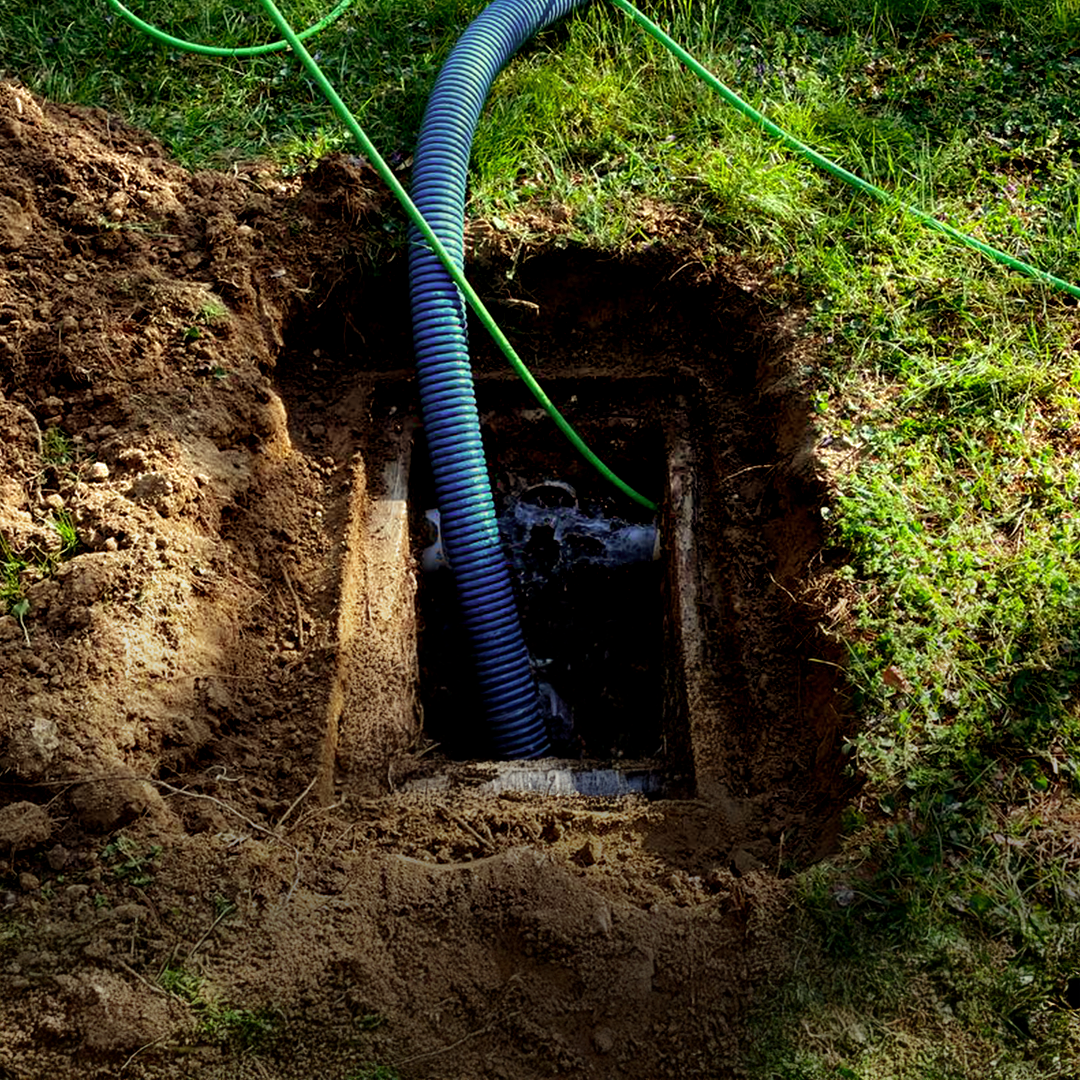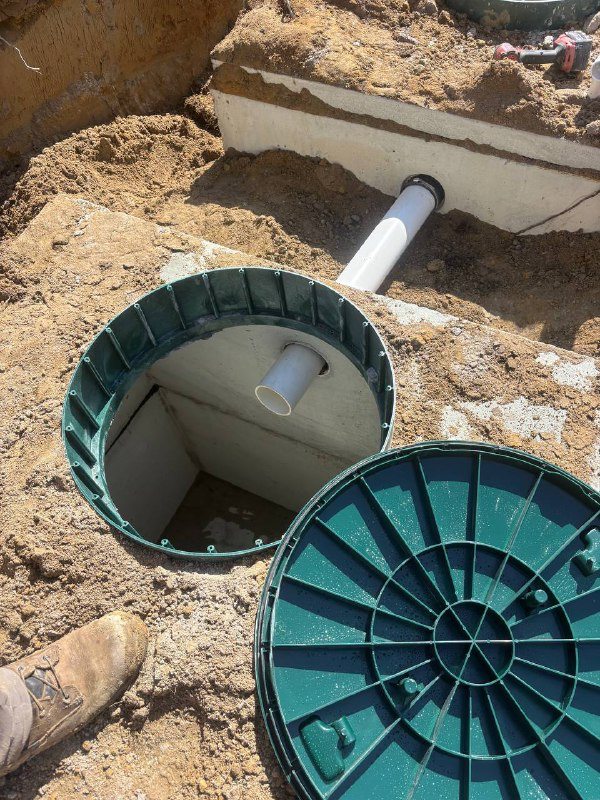Hey, welcome to the world of septic tanks! If you are a new homeowner who is taking on private waste management, there are a Nuances of Septic Systems you should think about and do to make sure your system works well for years to come. Here, we’ll talk about some questions and worries that a lot of people in your situation have, with a focus on the practical side of taking care of a septic system well.
Understanding the Basics of Your Septic System
To begin, you should understand Nuances of Septic Systems. A normal system has a septic tank and a drainfield, also called a leach field. The tank breaks down waste, and the drainfield spreads the treated water out into the environment. The fact that your house was built in 2017 means that it probably has a fairly new system, which is good for both efficiency and safety.
Installing Fences Over the Drainfield
Being careful is important when putting up a fence. Putting heavy things over the drainfield, like fence posts, can either compact the dirt or damage the underground pipes, which are both bad for the system’s performance. If you have to have fencing, choose lighter materials and make sure that the installation doesn’t require a lot of digging, which could damage the drainfield lines. Talking to a professional about your septic system before you do anything can save you a lot of problem in the future.
Planting Trees Near Septic Systems
You are right that trees shouldn’t be put too close to the drainfield. They should be planted far away. The water and food in the drainfield are appealing to tree roots, which can cause damage and root intrusion. The reserve drainfield is a backup system that you keep here in case your main drainfield breaks or needs to be rested. Also, you should not plant trees or other plants with deep roots in this place.
You might need to look at local building permits, records of how the septic system was installed, or a professional survey to find the site of the reserve drainfield. This information is usually written down when the system is set up, and county health offices or other similar local government bodies can give it to you.
Tips for Prolonging the Life of Your Septic System
In addition to only flushing toilet paper and human waste, here are some other things you can do to make your septic system last longer:
Regular Maintenance: Depending on how often you use your septic tank, have a professional pump it out and check it out every three to five years.
Usage of Water: Fix leaks and use devices that use less water to cut down on water waste. Too much water entering the system can cause the tank and drainfield to become overloaded, which could cause them to fail.
Chemical Avoidance: Heavy chemicals, paints, and solvents should not be put down the drain because they can upset the balance of microbes that break down waste in the septic tank.
How to Throw Away Trash Correctly: Never use the drains to get rid of grease, non-biodegradable things, or medicines. Some of these may slow down or hurt your system.
Conclusion
It’s not necessary to be scary to take care of a septic system. By taking action and following these tips, you can make sure that your septic system works well and lasts a long time. Remember that when you’re not sure what to do, the best thing to do is to talk to a professional septic system technician about specific problems or to schedule regular repair checks. Follow these steps, and you’ll be able to enjoy your new home without worrying about problems with the septic system.




